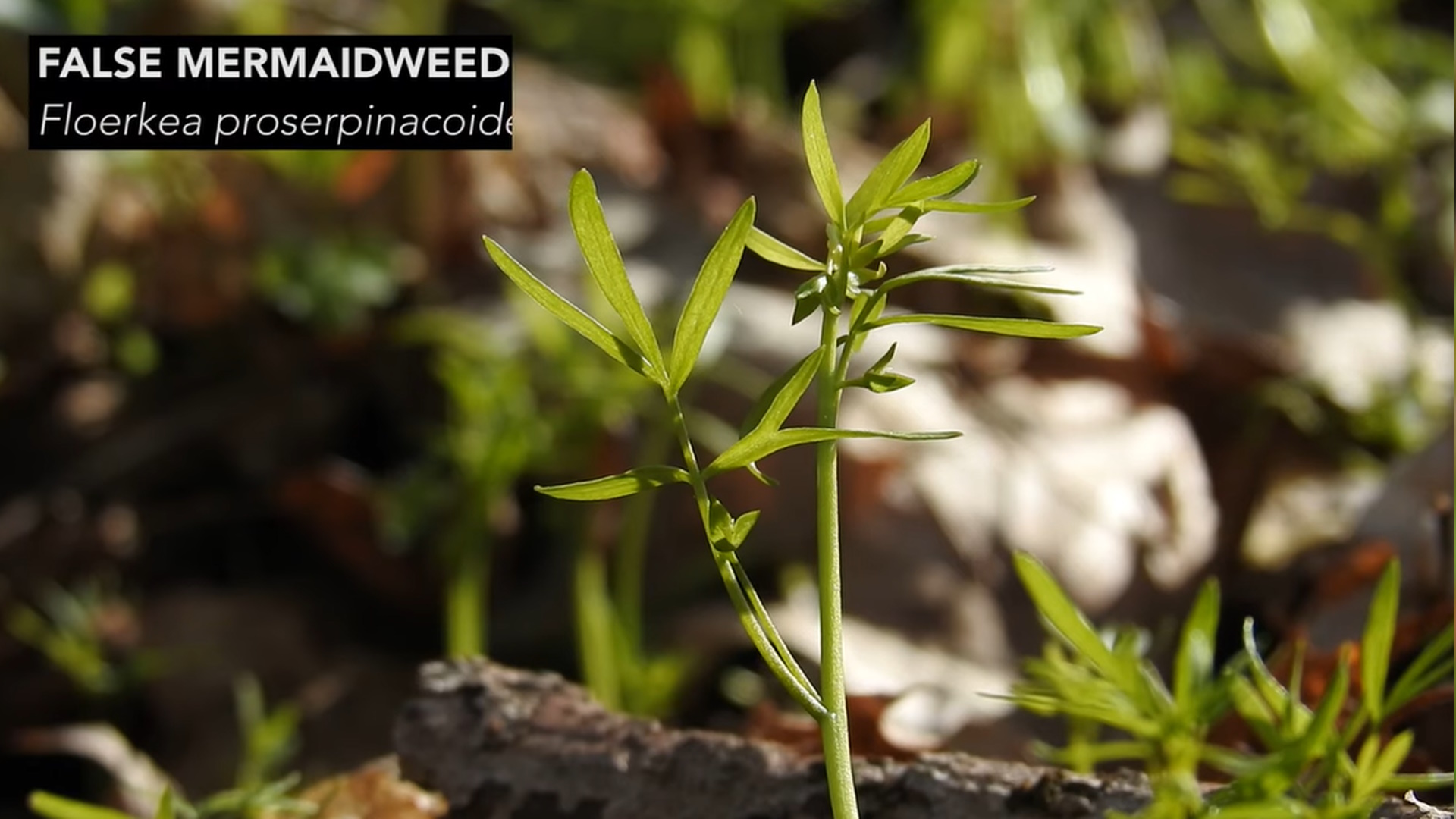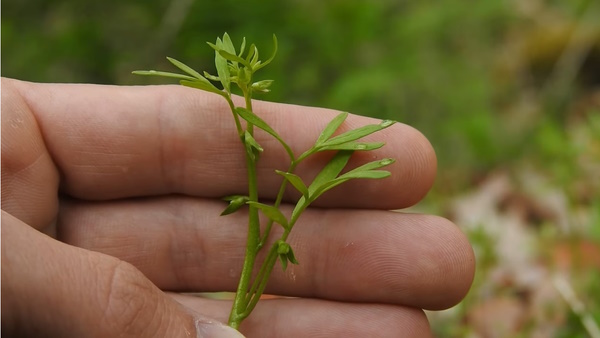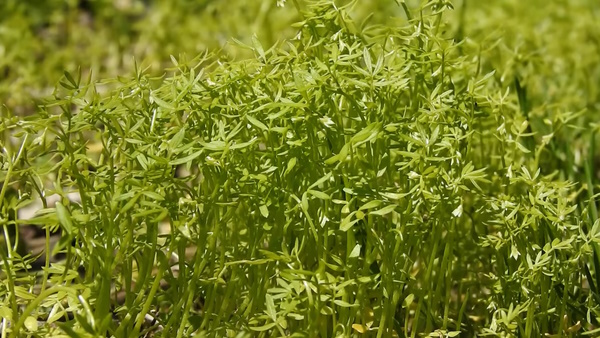
Foraging the Most Inconspicuous Edible Wildflower
“Sometimes the less conspicuous among us have pretty cool names, tiny wildflowers, interesting life strategies, and edible uses. When they do, it’s worth paying attention to them and wondering ‘what else have we been stepping on all these years?’.”


by Adam Haritan, Learn Your Land
sourced from Learn Your Land newsletter
April 25, 2023
A typical walk in nature can be slow. From an outsider’s perspective, it can be painfully slow. A 1-mile walk might take a naturalist 4 hours to complete — a pace 12 times slower than the average walking speed.
While it’s true that a turtle could probably outpace a botanist walking through a flowering floodplain, the point of any nature excursion isn’t momentum.
It’s observation, education, and integration.
On several walks this year, I’ve halted my pace in order to observe a particular wildflower. Known as false mermaidweed, this plant grows in floodplain forests along rivers and streams.
False mermaidweed is unlike other plants for a few reasons, one of which is the size of its flower. Only a few millimeters wide, this flower is among the smallest of any wildflower in nature. It’s rarely seen by people walking through the woods, which is why even a slow pace isn’t recommended for proper observation.
Rather, complete stillness is.
Despite its small size, false mermaidweed offers immense value. Its stems, leaves, and flowers are edible and can be harvested during the spring season.

Truth Comes to Light highlights writers and video creators who ask the difficult questions while sharing their unique insights and visions.
Everything posted on this site is done in the spirit of conversation. Please do your own research and trust yourself when reading and giving consideration to anything that appears here or anywhere else.











